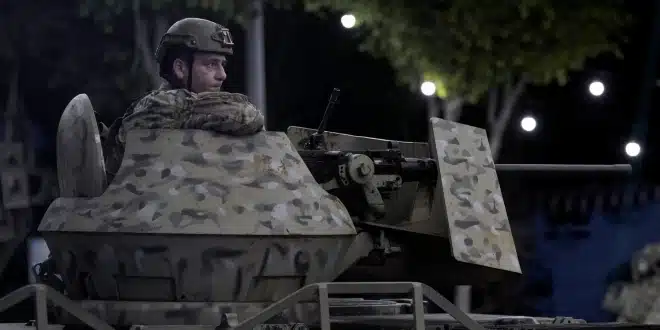A source close to Hezbollah has confirmed that the Lebanese Army now controls the majority of the group’s military sites in southern Lebanon. This transition comes in the wake of the ceasefire agreement reached on November 27, which ended over a year of hostilities between Hezbollah and Israel, including two intense months of open conflict.
Under the terms of the agreement, Hezbollah was required to dismantle its military infrastructure south of the Litani River and relocate its fighters farther north. Of the 265 Hezbollah positions identified in this region, approximately 190 have been handed over to the Lebanese military.
The ceasefire also obligated Israel to withdraw its forces from Lebanese territory by February 18, though Israeli troops remain in five locations that the country considers strategically important. Despite this, Israeli strikes have persisted, targeting what it claims are Hezbollah members or assets.
Lebanese President Joseph Aoun, speaking on the anniversary of Lebanon’s 1975-1990 civil war, reiterated a national call for Hezbollah to relinquish its weapons. He emphasized that only the state and its security apparatus should hold arms, warning that any armed presence beyond government control poses a threat to Lebanon’s sovereignty.
Meanwhile, U.S. Deputy Special Envoy for the Middle East Morgan Ortagus visited Beirut recently and raised the issue of disarming Hezbollah with senior Lebanese officials. In a televised interview, she stressed the urgency of implementing the ceasefire fully, including the disarmament of Hezbollah and other militias, stating that this process should begin without delay.
The United States, along with France, co-chairs a committee responsible for monitoring the ceasefire terms.


